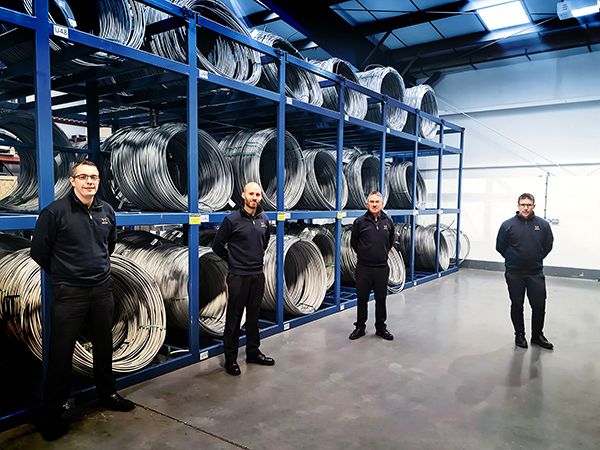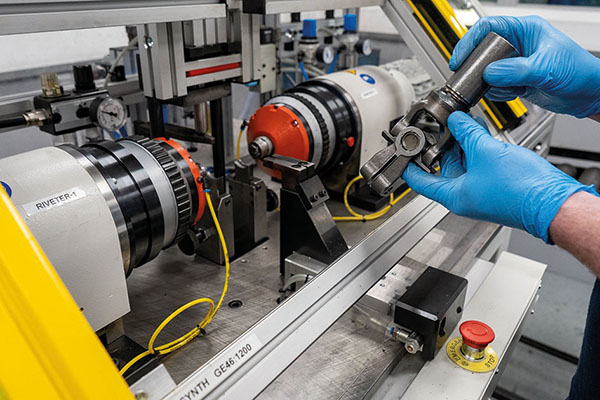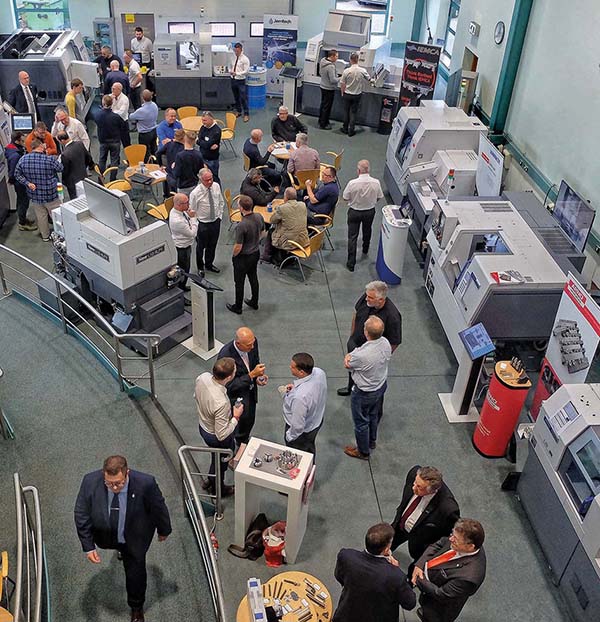
A UK manufacturer of round, flat and profile wire has strengthened its senior management team (SMT) with three key appointments. Alloy Wire International, which celebrates 75 years of manufacturing in 2021, has promoted Tom Mander, Andrew Du Plessis and Adam Shaw as managing director designate, technical director and finance director, respectively. The trio will work with the current SMT to help the company in its next stage of development as it looks to maximise a £3m investment in material, drawing machines, spooling equipment and office/factory improvements.
For further information www.alloywire.com























